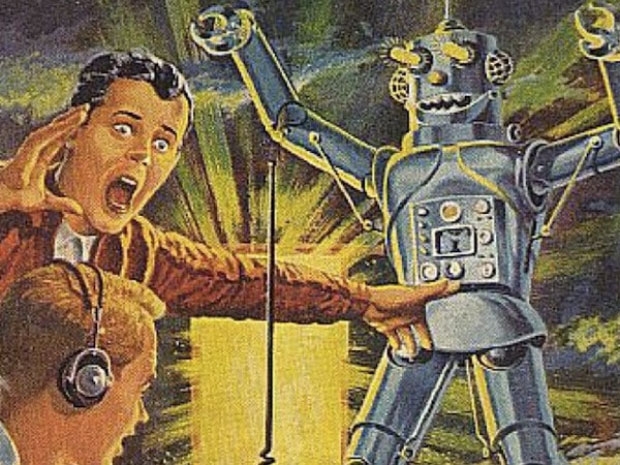Forrester analysts are confident that next year companies will tackle these head on because they must compete in an AI-driven future.
Forrester’s report Predictions 2021: Artificial Intelligence said that this year had given leaders the impetus,born out of necessity, and confidence to embrace AI, with all its blemishes.
It said that one in four forward-thinking enterprises will stretch AI to new frontiers.
2020 saw AI adoption grow 15 percent in the past year, and maturity is rising as firms move past small, incremental solutions.
“In 2021, the grittiest of companies will push AI to new frontiers, such as holographic meetings for remote work and on-demand personalized manufacturing. They will gamify strategic planning, build simulations in the boardroom, and move into intelligent edge experiences”, the report said.
It predicts that lucky laggards will stumble upon no-code AutoML to implement more use cases. Even laggards get lucky sometimes. AutoML can dramatically accelerate ML model development versus the traditional coding approach. In 2021, lucky laggards will use AutoML to implement 5, 50, or 500 AI use cases faster, leapfrogging their competitors with capable, entrenched data science teams that take a traditional, code-first approach to ML.
AutoML lets data scientists configure parameters and run hundreds or even thousands of experiments in one go. With AutoML, we estimate that these teams can implement 8x the number of use cases aimed at operational efficiency or personalised customer experience — and greatly amplify the impact of digital transformation.
“If your enterprise is an AIlaggard, turn your luck around. If your enterprise is already winning at AI, leapfrog competitors by adding AutoML to your repertoire of AI tools."
The report predicts that 35 percent of companies will double-down on workplace AI. 2020 has already seen a changed workforce. Post-pandemic, 18.2 million US workers will toil from home, including knowledge and cubicle workers. Location-based, physical, or human-touch workers will stay in place but will struggle with social separation and disinfection challenges.
“ In 2021, more than a third of companies in adaptive and growth mode will look to AI to help with these workplace disruptions. For WFH staff, this means augmenting and automating tasks previously done in the office or with higher labour costs in areas like customer service support”, the report said.
Semi-autonomous robots will help in warehouses and factories for social separation or janitorial services. Use automation strike teams to prioritize your most important workforce automation projects, such as employee self-service return-to-work health tracking for HR or intelligent document extraction.
The report said that 2021 will showcase the good, the bad, and the ugly of artificial data. The good will be that data-strapped organisations will finally be able to adopt AI by turning to synthetic data providers like DataGen and Mostly AI. The bad will be when malicious actors will use fake data in adversarial attacks like the one that caused a Tesla to veer into oncoming traffic due to stickers placed on the road.




